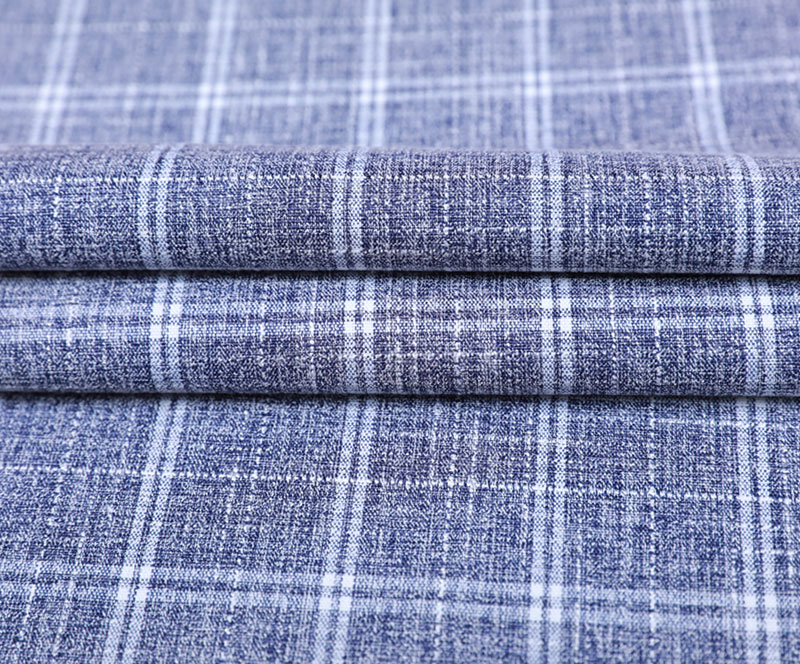

With the growth of demand for flax products in the inte […]
With the growth of demand for flax products in the international and domestic markets and the regulations of market regulation, the flax textile industry has been booming. The technology of flax spinning and weaving has been explored, perfected and gradually matured, and the technical level has been greatly developed, especially the technology, technology and craftsmanship of linen, new and high-level equipment, introducing AMA SA, the quality and grade of linen products There has been a dramatic improvement. With soft softener technology, good results have been obtained.
The characteristics of flax fiber
Flax fiber is a kind of plant bast fiber. Its main components are pigment and pectin composed of cellulose, hemicellulose and lignin. It contains fat and a small amount of inorganic. The European imported pumice is combed into ramie. Chemical composition: cellulose 72% ~ 85%, wood 3% ~ 8%, hemicellulose 8% ~ 20%, pectin 1.4% ~ 4% 0.9% ~, fatty wax 2.1%. Flax fiber is impurities except cellulose. In order to better improve the spinning of flax fiber and improve the quality of yarn, the impurities are removed by iterative scouring process. However, the length of a single fiber is only 10 ~ 26mm, which is not consistent with the requirements of the spinning process. In order to ensure the process requirements in the fiber spinning process, the principle determined in the smelting process is to appropriately remove the adhesion between the single fiber impurities to facilitate drafting, and strive to fiber need color and capillary effect to reduce fiber bundle damage And damaged fibers. In order to meet the technical standard optical fiber and meet the spinning process requirements, chemical degumming of flax roving can only be done half way. The main impurities to be removed are lignin, pectin, oil, etc. Except for oil, the other impurities are washed and taken away by high temperature, oxidation, reduction, impurities, and dissolution; the other part is adsorbed on the surface of the fiber, as a material between single fibers, when the temperature gradually drops, some impurities will form adhesion Film, which makes the yarn dry and brittle, directly affects the spinning performance. Yarn winding and fabric embrittlement cause high friction resistance, poor flexibility, and low efficiency, which is not conducive to high-density fabric weaving.
Improve the flexibility of the method
Currently, there are three ways to increase the elasticity of the yarn:
(1) Mechanical method, soft yarn is mainly polished by soft cloth, and the film is damaged. After the natural color cloth is finished by soft cloth, the softness of the fiber is displayed. The disadvantage is that it is easy to cause yarn pilling.
(2) Improve the moisture regain of the yarn, but increase the moisture regain of the yarn within a certain range. The mildew and softness of the yarn are not significantly improved, or the sizing oil additives and softeners. However, these methods can only act on the wound yarn and can improve the weaving effect, and the winding process has not been improved.
(3) The soft treatment of flax roving is also called roving oiling, and the single fiber membrane becomes soft, which is to use softener to achieve the purpose of soft fiber.
Linen soft treatment
At the end of the roving scouring and bleaching process, the softener is used to soften the yarn. The surface of the flax fiber is mainly softened by the softener of the molecular weight distribution. Frictional resistance between yarn channels. In order to improve the smoothness and softness of the fiber, the efficiency of the winding, warping and knitting machine is improved.
